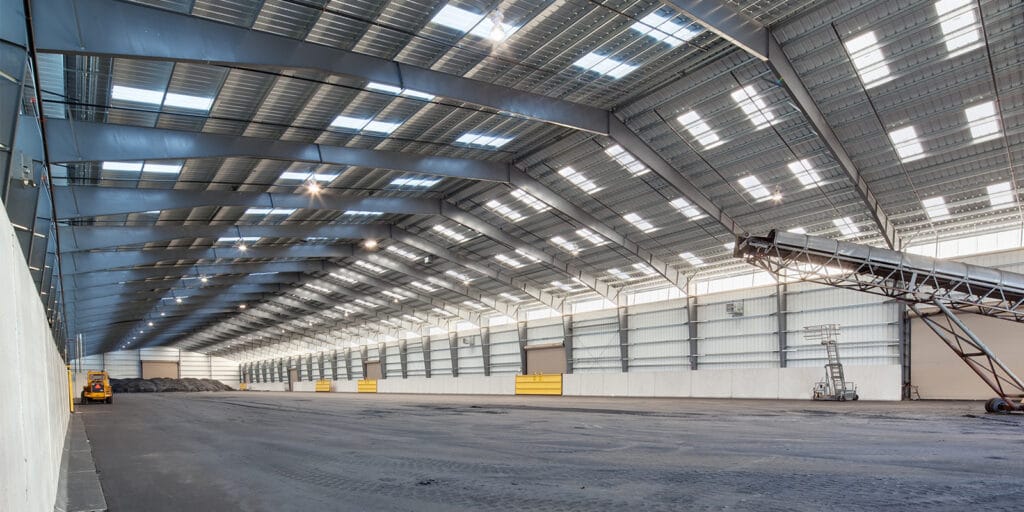As the winter season is upon us, it is important that we be prepared for the damage that winter storms can wreak on your building. While it is impossible to predict what winter will bring, there are steps you can take to plan for what may be in store, and to prevent damage before it happens. In the newest Butler® Bulletin, the Butler team outlines some great storm management tips that can safeguard your building and reduce downtime due to facility repair.
As with any safety or building maintenance issue, planning can go a long way to producing a positive outcome. Knowing your building is key. As Butler tells us, “most snow related losses occur at stepped elevations where blowing snow is carried from the roof of a higher building onto the roof of a lower building. Such drifting normally occurs where the buildings are attached. However, drift loads can also form on closely adjacent buildings, over ridges, at valley conditions, behind parapets, next to rooftop units, and on below eave canopies or overhangs. Post construction changes to the building site, added higher buildings or significant tree growth can also cause drifting where none was anticipated. Modifications to the structure, loads added after the original design (such as piping, roof units, hanging heaters, etc.) and prior damage to the structure are other areas of particular concern because they may have significantly reduced the capacity of the building to withstand snow loads.” Understanding your building, and where the areas of snow accumulation will end up, can save your structure.
So what are some things you can do to protect your structure from the effects of winter? Butler recommends keeping drains and gutters clear of ice and snow to facilitate melting run-off. Heat tapes in the gutters and downspouts can also assist in preventing ice build-up. Keeping watch over the identified areas of snow drifting and clearing them out during an event can prevent build up that can lead to collapse.
Read more great tips from Butler in the Butler® Bulletin, and as always, let us know how we can help you to maintain your building for maximum efficiency.




